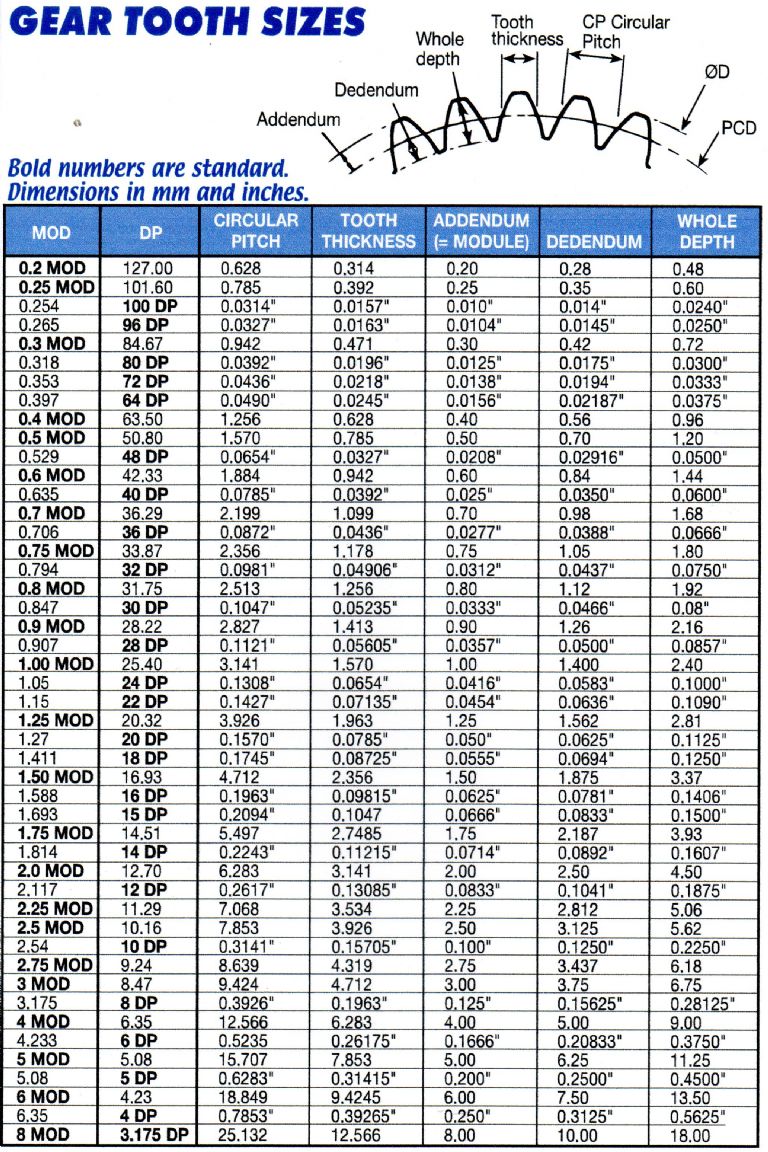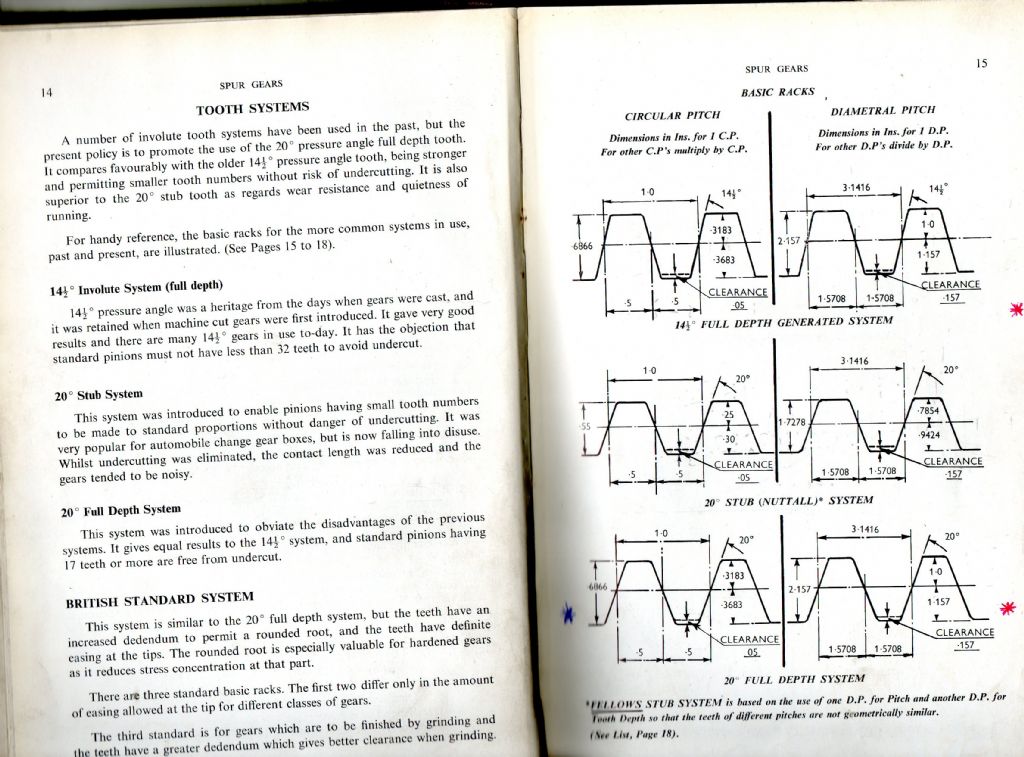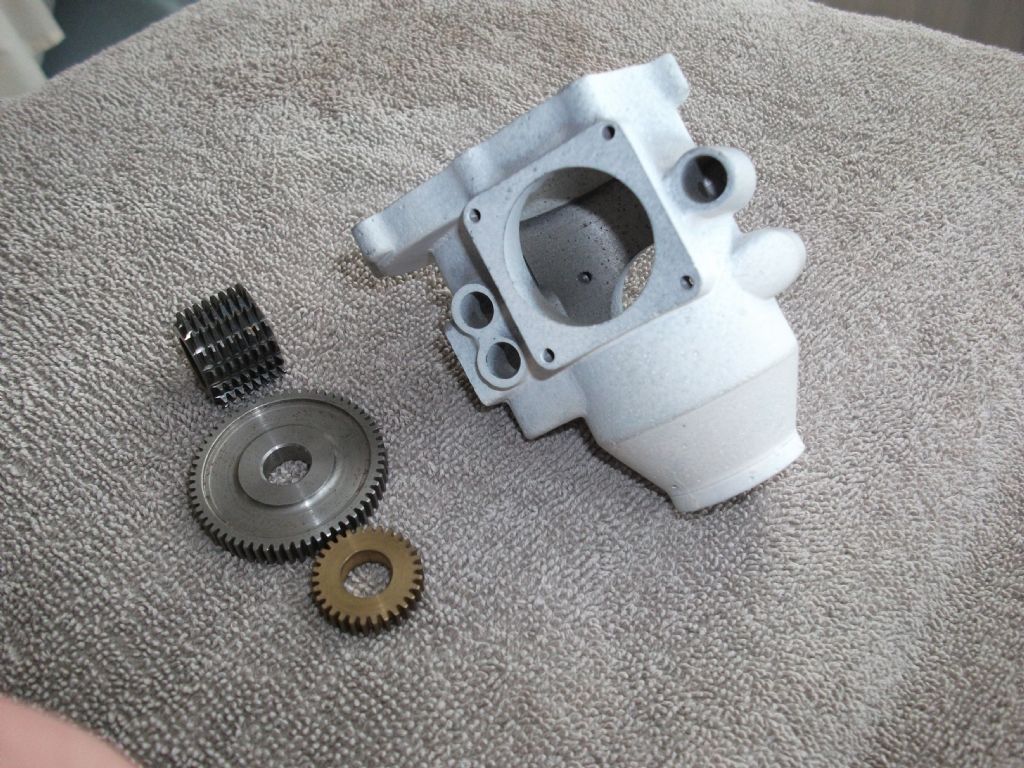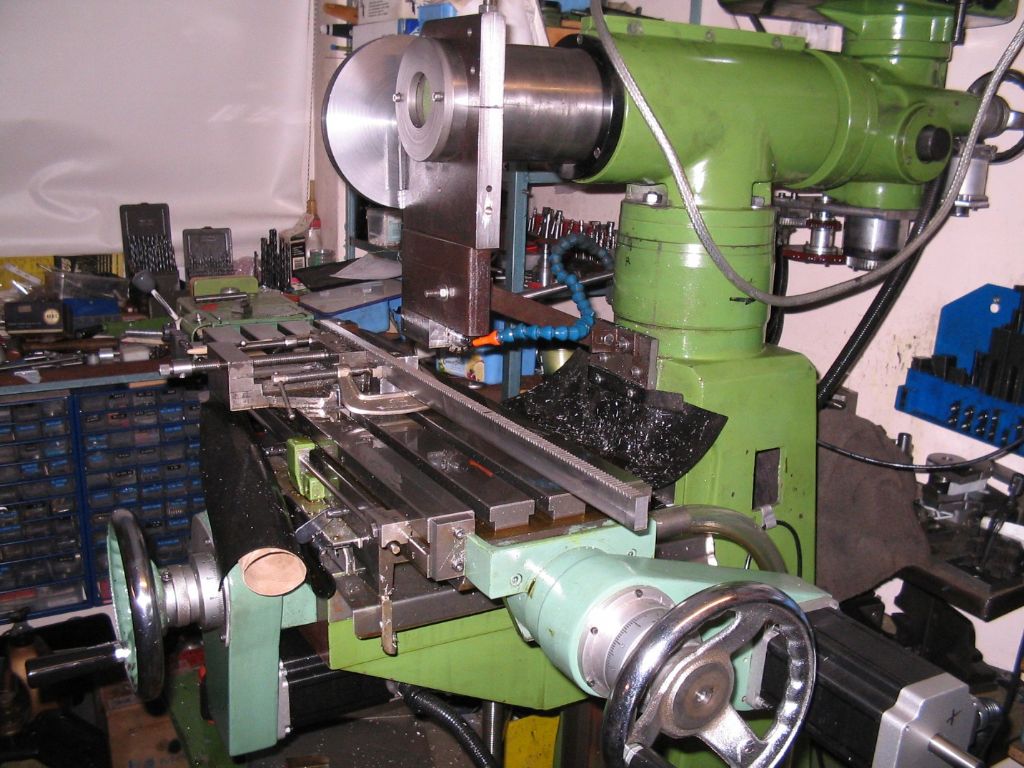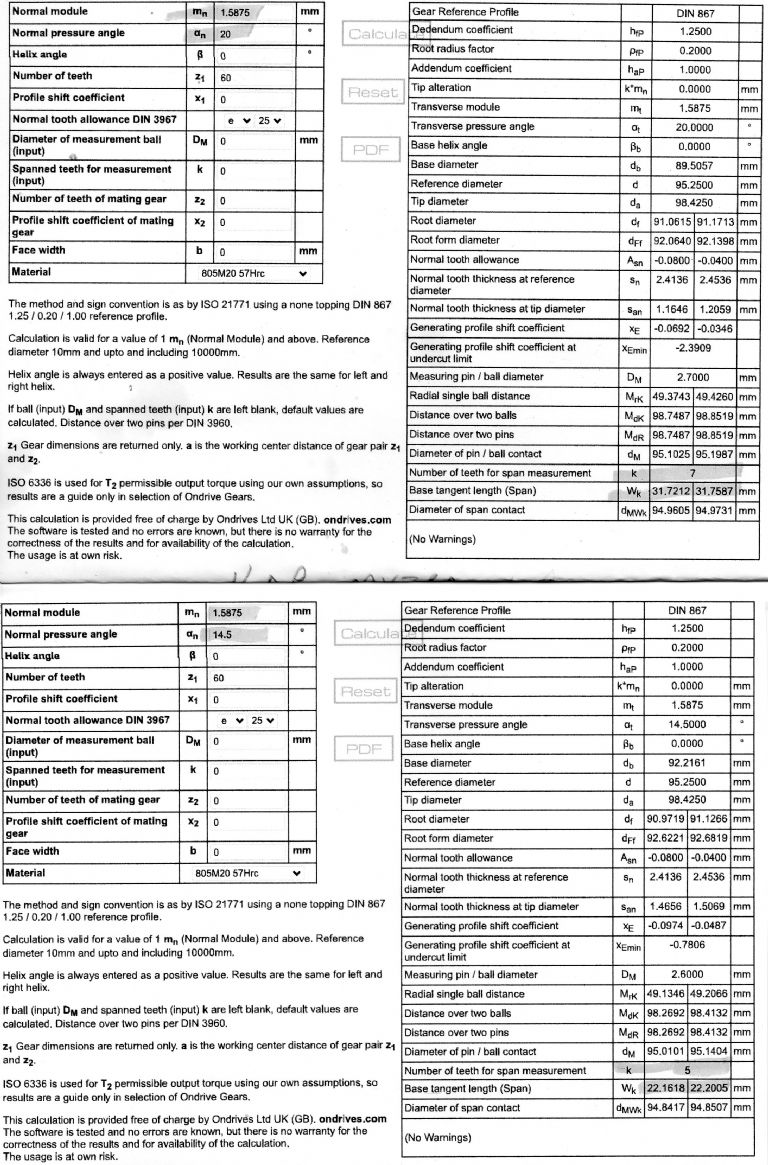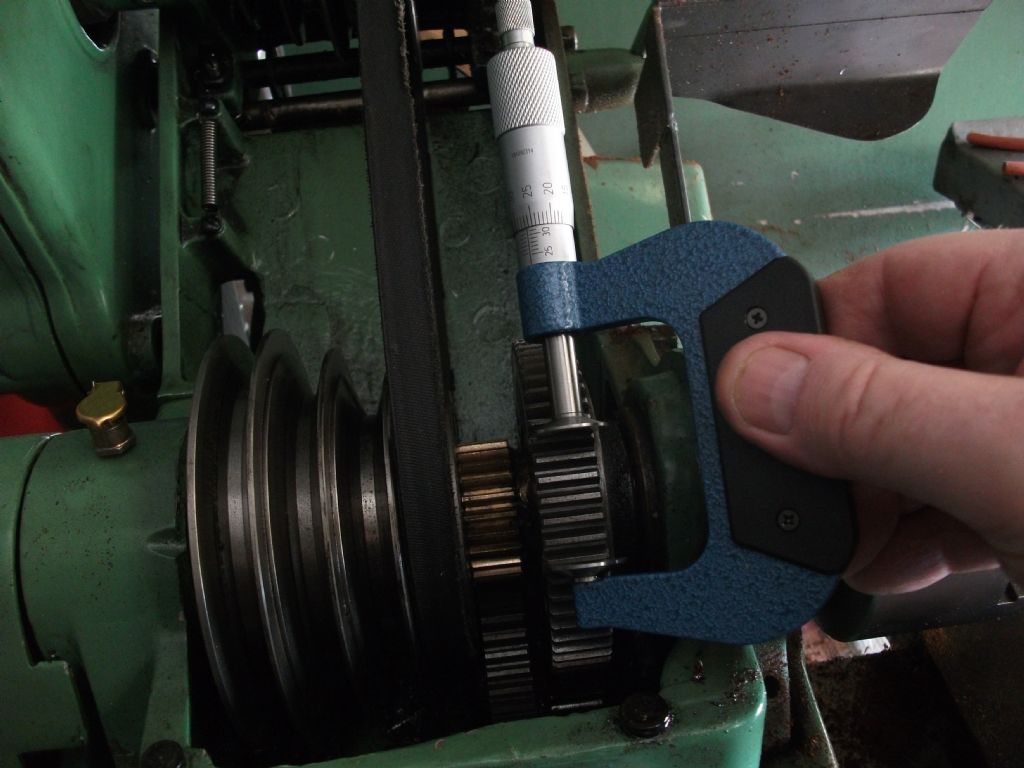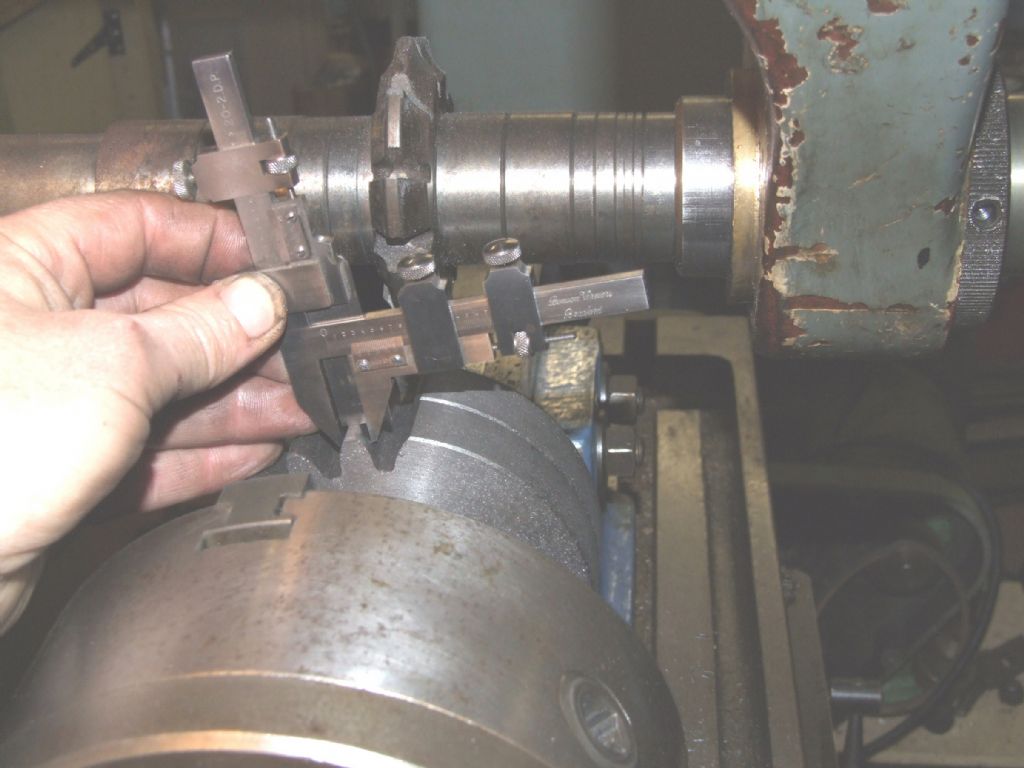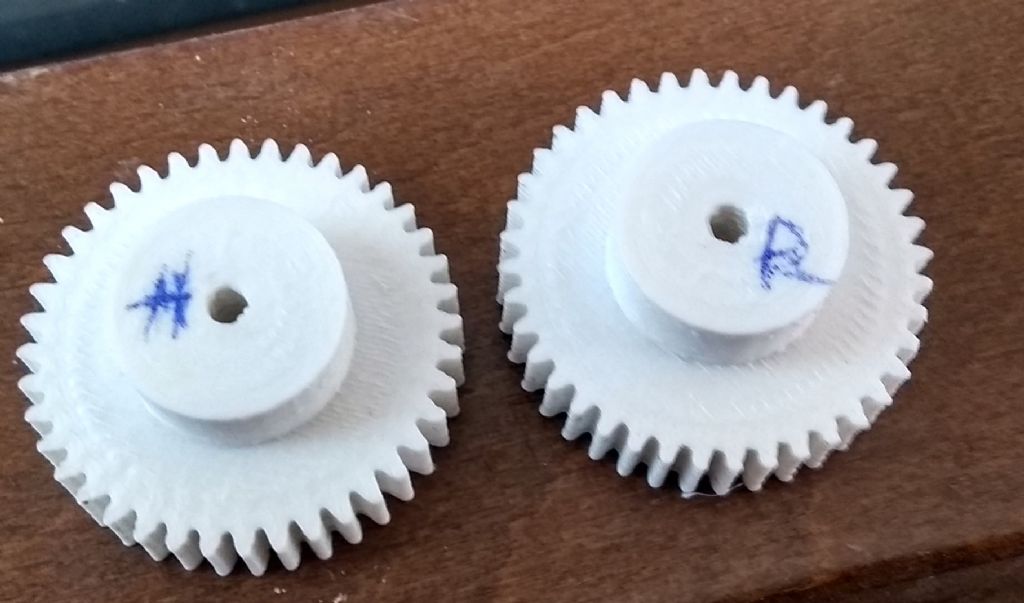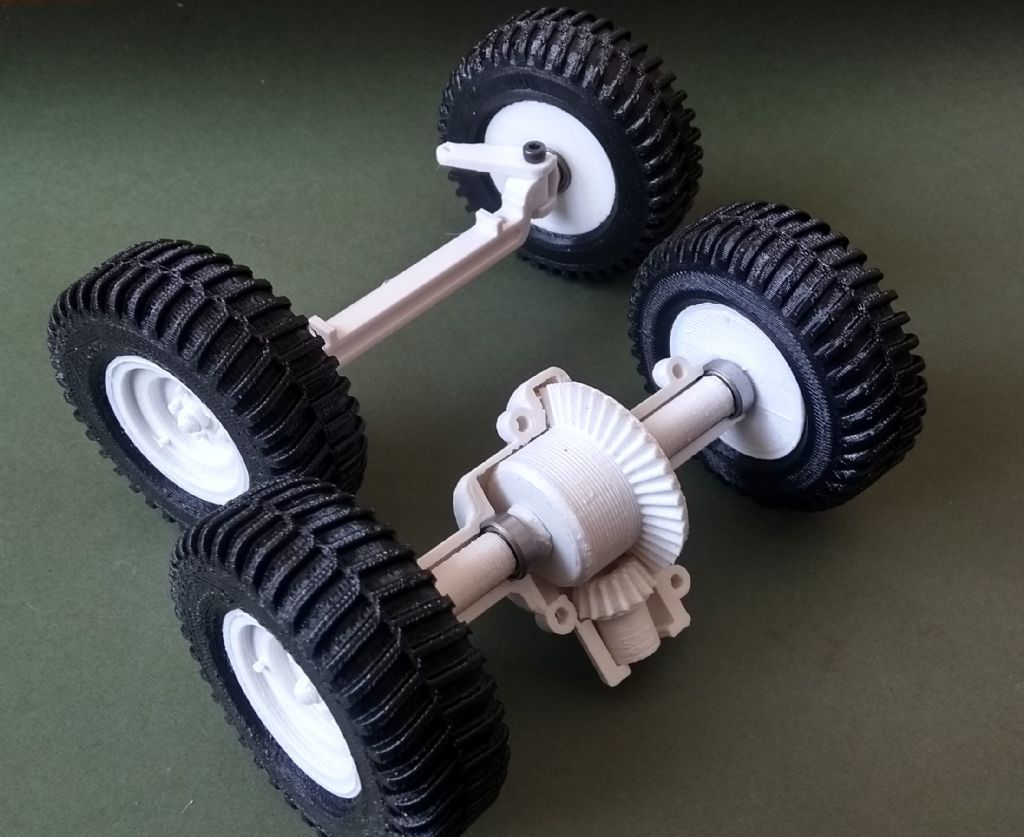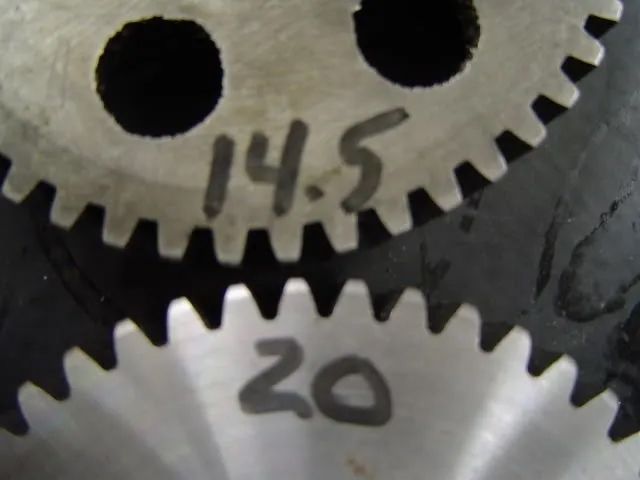Posted by brian jones 11 19/09/2021 23:06:16
Why was the concept of DP Diametral Pitch introduced when the CP
Circular pitch addresses the same size issue and is physically
realisable ie you can measure it with calipers
———————————————————-
I expect it was more to do with the folk around at the time of his
avatar setting out gears with calipers and circles of whole inches.
Maybe it goes back further than this even to the time
of wooden gears in wind mills.
Although this does raise an interesting point for model makers ,
just like using stock size threads mostly all gearing is
Dp or module and made to a standard, for the production of
small gearing and rack type rotary cutters this does not make
much sense.For model engineering applications the only considerations
for gears would be to fit in the space available the required tooth count
and to look in the correct proportions it does not matter whether
they are mod or dp or cp standard.
Pitching out a 20 dp circular rack type cutter at .1571 inch is just
plain daft, since a cutter is being made it would seem to be
more sensible to use a CP system either imperial or metric
depending if that you favor one or the other units.
Laying out the spacing between each tooth can be so much easier
using this system .The page here

shows the near equivalent DP,CP ,MOD ,providing there is no intention
to link up to a commercial gear train there is little point in doing it from
a model engineering perspective.
Dividing also becomes somewhat easier from the example above of 20 dp.
eg for 20 tooth gear pitched out now at .150" CP instead of .1571 "
moving the cutter down by . 030 inch and setting the dividing head
to cut 100 divisions would ensure accurately timed cuts leaving just a
few facets on each tooth.Similar combinations of other size gears
just need to be worked out.
The chart here

shows the basic rack dimensions
and there is enough information there to calculate the tip width
and from that a form tool can be ground to make the cutter.
There is some benefit to having cutters properly form
relieved to avoid the type of finishes noted by
Roger Best in his posting 21/09/2021 21:57:52
"I did see some very good imitations of severely worn traction engine
gears. Modelling to such realistic detail is wonderful."
I made one of these circular rack cutters around 1985,because the
cutter had no form relief the cutting action was so poor i never
pursued the idea further,seen here a pair of
timing gears and a cast crank case it was never completed.

A few years later the Eureka device was published and provided
an easy solution to the making of form relived cutters.
Look in at Lathes .uk the latest submission there is a
Micron gear hobber 102 a very interesting machine,
apparently will cut gears down to 800 dp.
In the section Brief General Catalogue 1960s-70s
shows the smallest gear in the world the profile of the teeth
looks remarkedly similar to BJ 11's gears.
Finally with interest shown on here with horology and armchairs
maybe a combination project would be of interest.
John

Martin Kyte.


